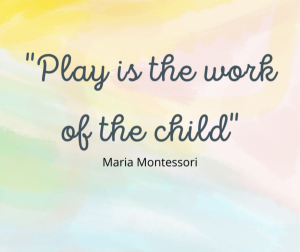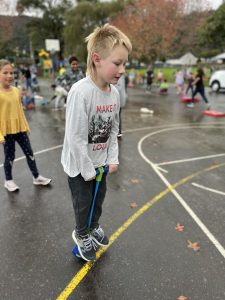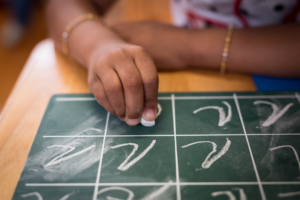By Kala Reyes — Rewarewa Head Teacher – Preschool
Freedom is regarded as the right to act, speak or think for oneself, while discipline is one’s ability to practice obedience towards set rules. Dr Montessori believed that freedom and discipline work hand in hand in the child’s development. In Montessori environments, freedom means a child can make his own choices from a carefully prepared environment. Freedom is important for the child to exercise and develop his will — but this does not mean that the child can do whatever he likes because freedom is accompanied by clear limitations, responsibilities, and whether one’s freedom is impinging on someone else’s. For example, a child is free to choose a material from the shelf as long as it is available (and this has been presented to him), he is welcome to observe but not to interrupt, he is free to take kai but need to be mindful there’s enough left for the rest of the group.
“A child’s liberty should have as its limit the interests of the group to which he belongs…We should therefore prevent a child from doing anything which may offend or hurt others, or which is impolite or unbecoming. But everything else, every act that can be useful in any way whatever, may be expressed.”
Maria Montessori, The Discovery of the Child, p.50
Dr Montessori’s idea of discipline does not involve rewards or punishment, but an intrinsic motivation or inner discipline to do what’s right simply because it is the right thing to do. Rewards and punishment may work short-term; some children may follow rules out of fear of punishment while children who thrive in praises and rewards may be motivated to work in anticipation of more rewards. Punishment itself creates a negative feeling about oneself and gets in the way of learning.
Self-control is a manifestation of inner discipline. When we see a child waiting patiently for a material to be returned to the shelf so he can use it, when he wipes a spill on the floor so no one slips, or when he pays attention during story time without interrupting — we can say that the child has self-discipline. The purpose of discipline is for children to know how to be positive members of their community. Discipline does not happen overnight and neither does the child acquire it just because we instructed him about it. As Dr Montessori said, “inner discipline is something to come, and not something already present” (The Absorbent Mind, p.239).
At school, we support the development of inner discipline by preparing real, purposeful activities that encourage independence, repetition, and support concentration. We role model the behaviour we want to see in the children and we take advantage of their absorbent minds and sensitive periods to guide them towards positive behaviours. Eventually, when many of the children have discipline, the result is a productive community of little people who show respect, kindness and empathy towards each other.






